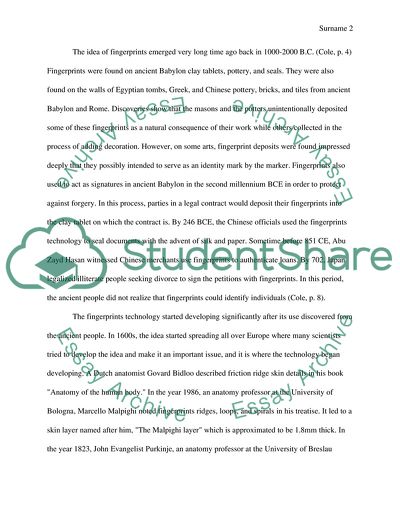Cite this document
(Biometric Technology: Fingerprints Article Example | Topics and Well Written Essays - 1500 words, n.d.)
Biometric Technology: Fingerprints Article Example | Topics and Well Written Essays - 1500 words. https://studentshare.org/technology/1865627-fingerprints
Biometric Technology: Fingerprints Article Example | Topics and Well Written Essays - 1500 words. https://studentshare.org/technology/1865627-fingerprints
(Biometric Technology: Fingerprints Article Example | Topics and Well Written Essays - 1500 Words)
Biometric Technology: Fingerprints Article Example | Topics and Well Written Essays - 1500 Words. https://studentshare.org/technology/1865627-fingerprints.
Biometric Technology: Fingerprints Article Example | Topics and Well Written Essays - 1500 Words. https://studentshare.org/technology/1865627-fingerprints.
“Biometric Technology: Fingerprints Article Example | Topics and Well Written Essays - 1500 Words”. https://studentshare.org/technology/1865627-fingerprints.


